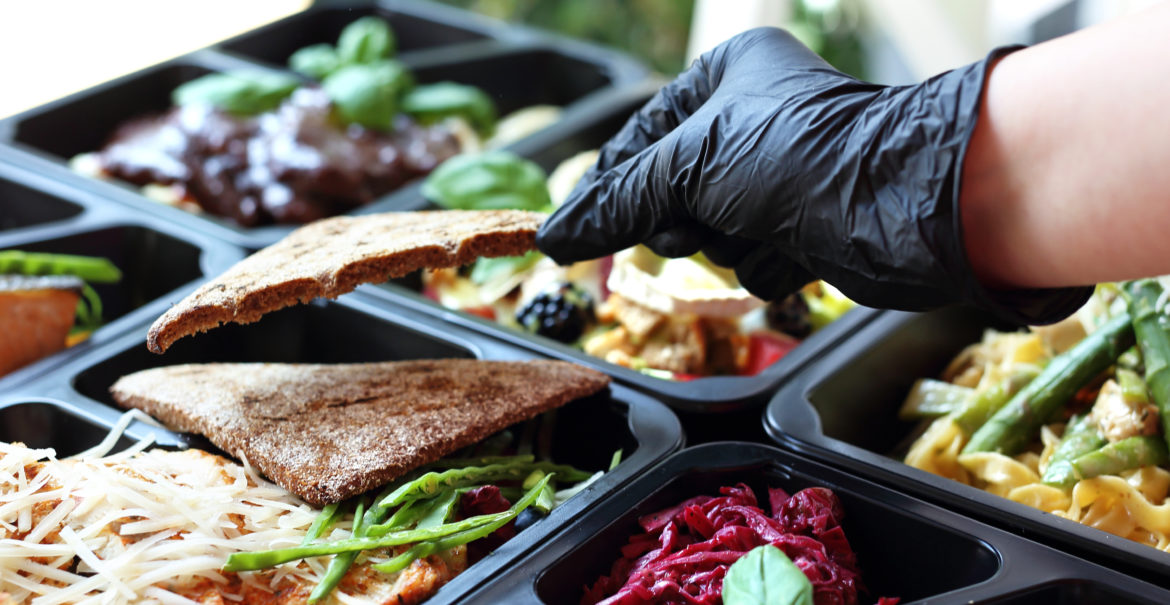Ready-to-cook foods are increasingly popular in the Chinese market and local policies are changing to reflect the trend. Guangdong province recently issued “Ten Measures to Accelerate the High-quality Development of Guangdong’s Food Industry”, a mandate to promote the development of the industry by establishing a joint ready-to-cook food R&D platform and expanding relevant industry clusters.
Why it matters
Ready-to-cook foods have gained wide attention from publicly listed companies as the next “super” market in the catering industry. In January 2022, Class A shares within the food sector rose by 7%, surpassing China concepts stock.
The retail sales of ready-to-cook foods in China are generally on the rise. In 2020, under the influence of the pandemic, offline catering was restricted, and home cooking rose dramatically, thus the ready-to-cook meals adapting to the fast pace of home life began to become popular. In 2020, the sales of ready-to-cook foods in China increased by 7.55% YoY.
Context
Ready-to-cook meals originated in the United States and became commercially available in the 1960s. Guohai Securities research shows the current ratio of business end to customer end in China’s ready-to-cook food market is about 8:2, indicating that restaurants and other merchants still account for most of the ready-to-cook food consumption.
According to iiMedia Research, the value of China’s ready-to-cook food market in 2021 is expected to be 345.9 billion yuan ($54.31 billion), an increase of 18.1% YoY. China’s ready-to-cook food market is expected to develop at a rate of roughly 20%, with the market reaching 516.5 billion yuan ($81.09 billion) by 2023.




